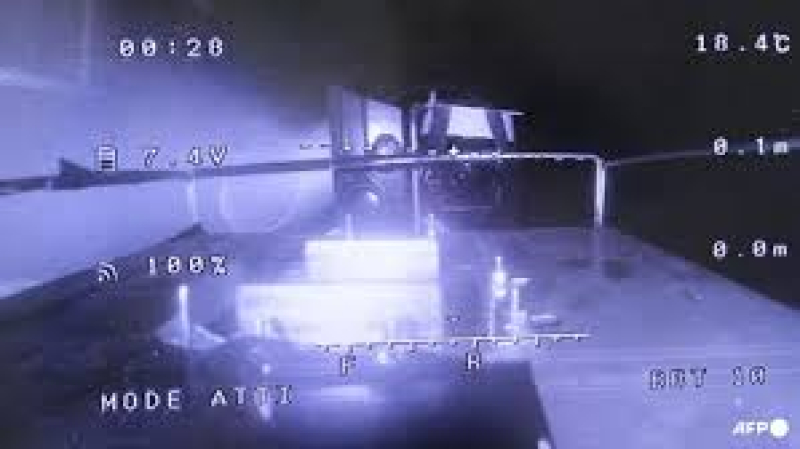- CEC Vows Credible Election to End Stigma |
- High-level meeting reviews country’s economic progress |
- Dhaka suspends visa, consular services at its Delhi, Agartala Missions |
- Govt to cut savings certificate profit rates from January |
- Gold prices hit fresh record in Bangladesh within 24 hours |
Drones, snake robot enter wrecked Japan nuclear reactor

Japan sent on Thursday two mini-drones and a "snake-shaped robot" into one of three nuclear reactors at the Fukushima plant crippled by a tsunami in 2011, the facility's operator said.
The gadgets were deployed in preparation for the removal of hundreds of tonnes of highly radioactive fuel and rubble, a risky operation expected to take decades.
"We sent two drones yesterday and two drones today", in addition to the "snake-shaped robot" on Thursday, a spokesman for Tokyo Electric Power (TEPCO) told AFP.
Since the interior is "cramped and dark", the small drones are "highly maneuverable and have enhanced photographic capabilities", the company said.
The "snake-like robot... houses wireless communications relay so that we can properly cover the radio transmission area within which the small drones will be operated", a statement said.
The interior of the reactor buildings is too radioactive for people to enter, and the drones are meant to inspect the area prior to the removal of the fuel and rubble by robots.
TEPCO is planning to carry out a trial removal of a small amount of fuel debris in October.
TEPCO had already sent an underwater robot to inspect parts of the facility still submerged, the spokesman said.
"It will take a long time to fully take off the 800 tonnes (of fuel), as the decommissioning period is thought to be 30 to 40 years," he said.
Separately, TEPCO on Wednesday began releasing a fourth batch of treated wastewater from the Fukushima plant into the ocean.
The process has been given the greenlight from the UN nuclear watchdog but has seen China and Russia ban seafood imports from Japan in response, reports BSS.
The 2011 earthquake and tsunami killed around 18,000 people. The catastrophe at the Fukushima nuclear power facility in northeast Japan was one of the worst atomic accidents in history.

